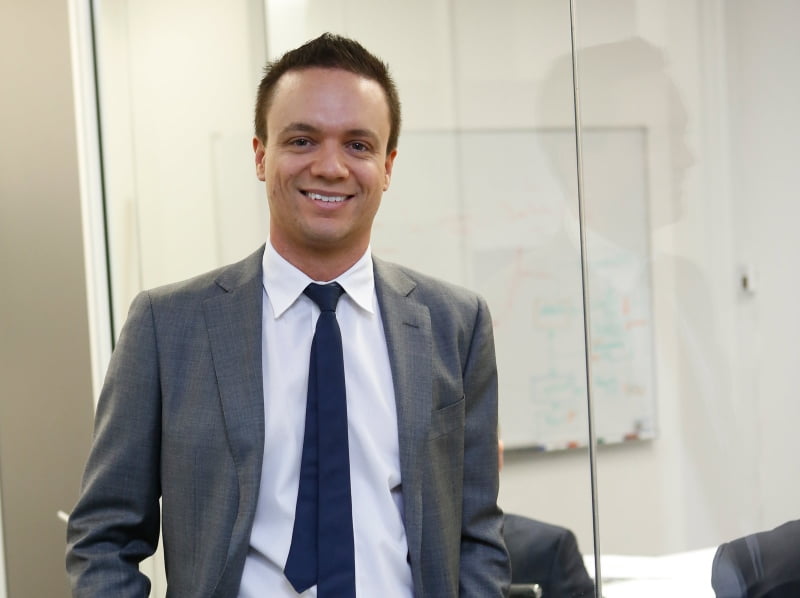A controversial High Court decision not to allow a patent applicant to appeal an adverse finding in the Full Federal Court has caused an outbreak of the crankies in legal circles.
Critics say there is too much vagueness in the IP Australia guidelines for software patents, and not enough case law on the to books provide better guidance for local companies seeking to protect their work.
Whatever current uncertainty exists around software patents – and the level of uncertainly differs among legal opinions – can be sheeted back to 2010, when IP Australia rewrote its guidelines. The re-write upset a lot of people, not necessarily because it was a bad decision, but because it meant that some people who had filed for a patent on software and believed it was patentable were told it was not. It changed the rules.

The latest round of crankiness follow a High Court of Australia decision handed down in early May in which the court declined to hear an appeal over a software patent application that had been knocked back in the Full Federal Court.
Law firm Shelston IP issued a paper saying the decision had resulted in “disarray and uncertainty” and that it was “a real blow” to the nation’s much-touted innovation agenda. It relates to a patent application from education facilitator RPL Central.
It’s a pretty fascinating case. You can understand the frustration in legal circles about the lack of case law on this.
RPL Central’s patent application had related to a software platform that let users to input recognition of prior learning information via and online “question-and-answer” process (RPL Central is an Australian education software maker.)
The court’s test to assess the invention is that “a technological innovation is patentable; a business innovation is not”, and “simply putting a business method or scheme into a computer is not patentable unless there is a technological invention in the way in which the computer carries out the scheme or method.”
Basically the test holds that if there is an existing pen and paper process that is merely replicated within a web application – that’s not invention, it is a business process.
The Full Federal Court found the substance of the RPL’s invention was a business innovation, and that as a computer implementation, it was insufficient to constitute an invention in its own right. On that basis the patent claims were found to be invalid.
The High Court then followed a relatively new practice of taking written submission only (that is, with no oral hearing) before deciding on the special leave application. And the decision was that the High Court did not to want vary the judicial law as created by the Federal Court. (Which means the Court declined the application to appeal the decision.)
And this is where crankies set in. Shelston IP principal and head of its IT and Electronics Group Jack Redfern says the decision is not just bad news for RPL Central, but has a serious potential downside for the innovation sector.
“It is at loggerheads with – and undermines – Australia’s innovation aspirations,” Mr Redfern said. “After all, computer-implemented technologies are vital to our digital future, and particularly critical to the rapidly expanding EdTech sector.”
He says the decision might be enough to drive some of the many Australian EdTech startups offshore. He also says the current position is effectively anti-innovation.
“Without the financial safety net that a patent provides to protect their intellectual property, and to leverage from it, many may decide the risks just aren’t worth it and quit the innovation scene in Australia,” Mr Redfern said. “The other alternative is that the developments will be simply kept secret, which will slow the cross-fertilisation of technologies that the patent system enables.”
Leading Sydney patent attorney Chris Baxter from Baxter IP takes the opposite view. He says that the test, as applied by the Federal Court, is actually good for innovation because it protects just the new inventions.
Mr Baxter says it would have been useful if the RPL Central claims had been tested in the High Court, as it would have provided more case-law guidance from the High Court.
But he disagrees also with the notion that the test creates uncertainty for software developers, or that it leaves them without protection.
“I can tell you that software patents (protection) are alive and well, because we file them every day and we are very often successful in getting them granted,” he said.
“It has to be new and involve a technological advance, not just a business advance. It’s that simple.”
These cases can take years to get through the system. The RPL Central’s case had been heard in 2014 before having its application for appeal to the High Court declined last month.
For software developers and their patent attorneys seeking better case law guidance about the shape of the patent test for software, it is now unlikely that such judicial guidance will be forthcoming for a number of years.
Having said this, software specialist patent attorneys can readily provide guidance between what is, and what is not, patentable subject matter.
Do you know more? Contact James Riley via Email.

